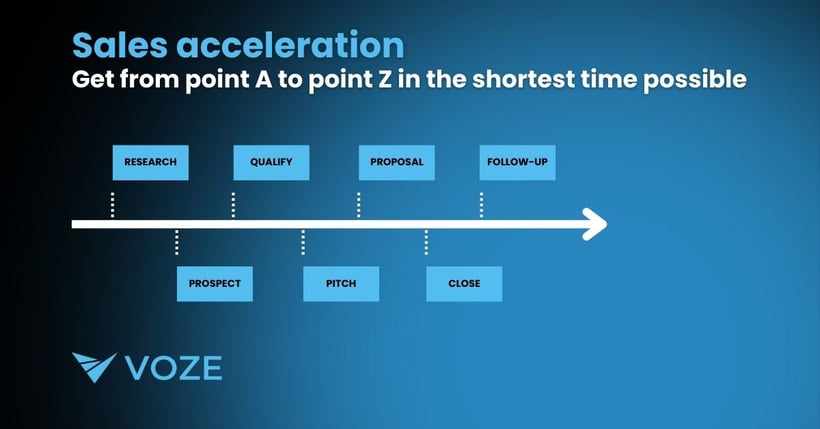The Ultimate Guide To Sales Acceleration For Field Sales Teams

Hey there, field sales teams! 👋🏻 Let's talk about sales acceleration. It might sound like just another buzzword, but trust us, it's a game-changer. Sales acceleration is all about finding ways to make the sales process simpler, faster, and more effective. Basically, it's about working smarter, not harder.

Now, you might be thinking, "Why should I care about sales acceleration?" Well, the world of sales is changing, and customers expect more than ever before. They want personalized experiences, quick responses, and valuable solutions. If you're still using the same old sales techniques from decades ago, you might be missing out on some serious opportunities.
That's where sales acceleration comes in. By implementing the right strategies and tools, you can streamline your sales process and focus on what really matters - building relationships with your customers and closing deals. Imagine having more time to connect with prospects, understand their needs, and provide them with the perfect solution. Sounds pretty good, right?
But sales acceleration isn't just about making your life easier. It's also about creating a better experience for your customers. When you're able to move through the sales cycle more efficiently, you can respond to customer inquiries faster, provide more personalized solutions, and ultimately, build stronger, more loyal relationships.
So, whether you're a seasoned field sales rep or a manager looking to take your team to the next level, sales acceleration is worth paying attention to. In this guide, we'll break down the basics of sales acceleration, share some practical strategies you can implement right away, and show you how to use data to work smarter and close more deals.






